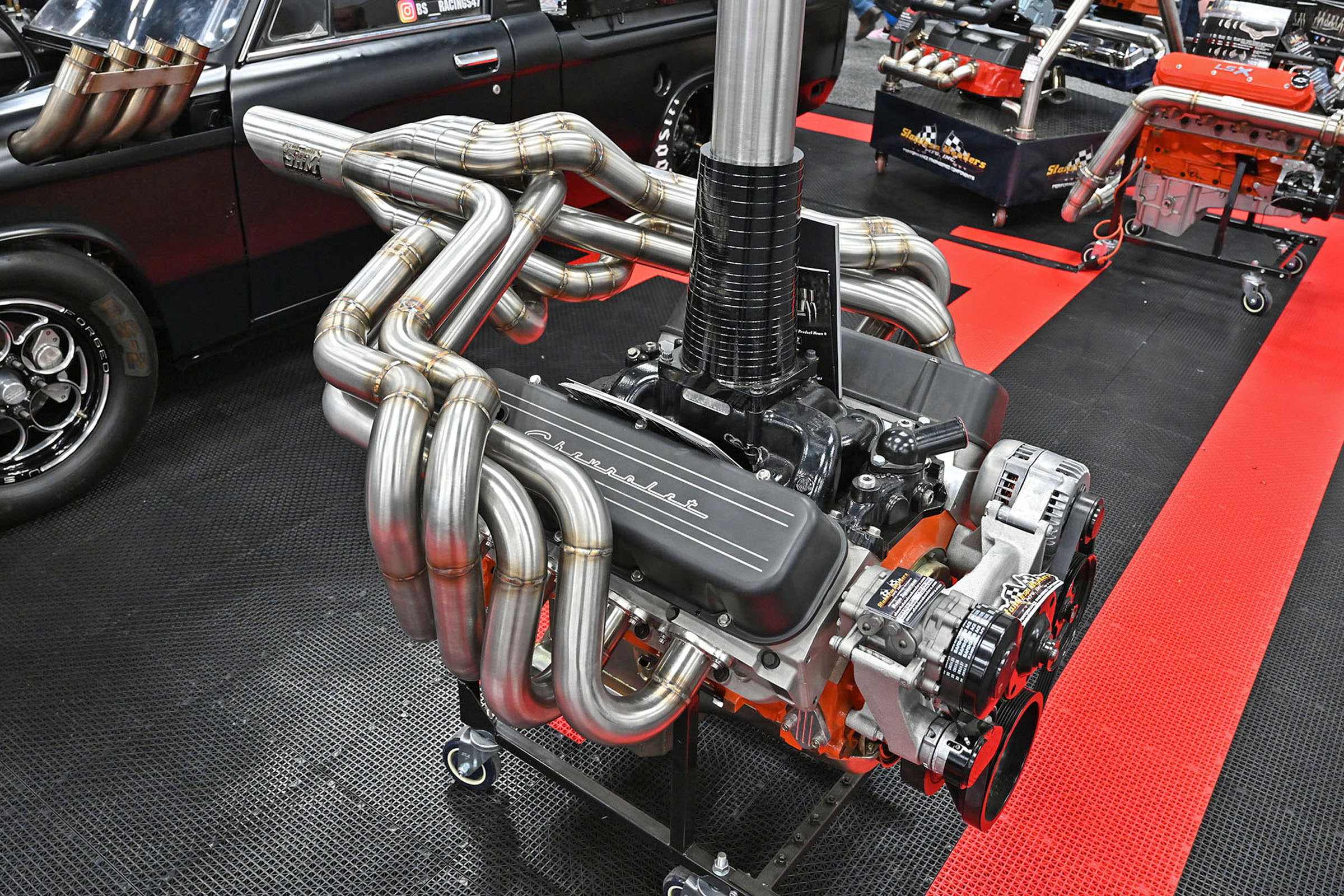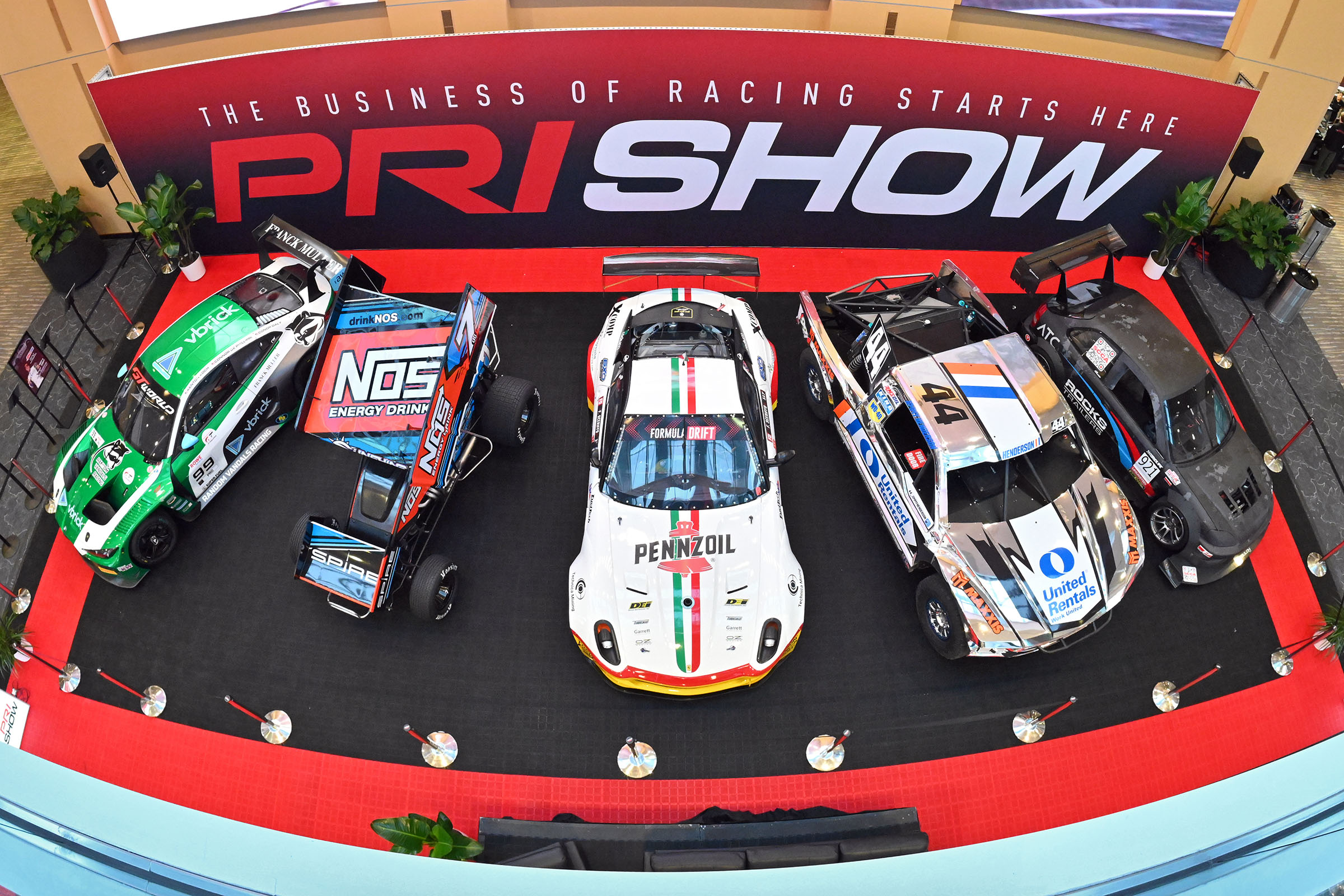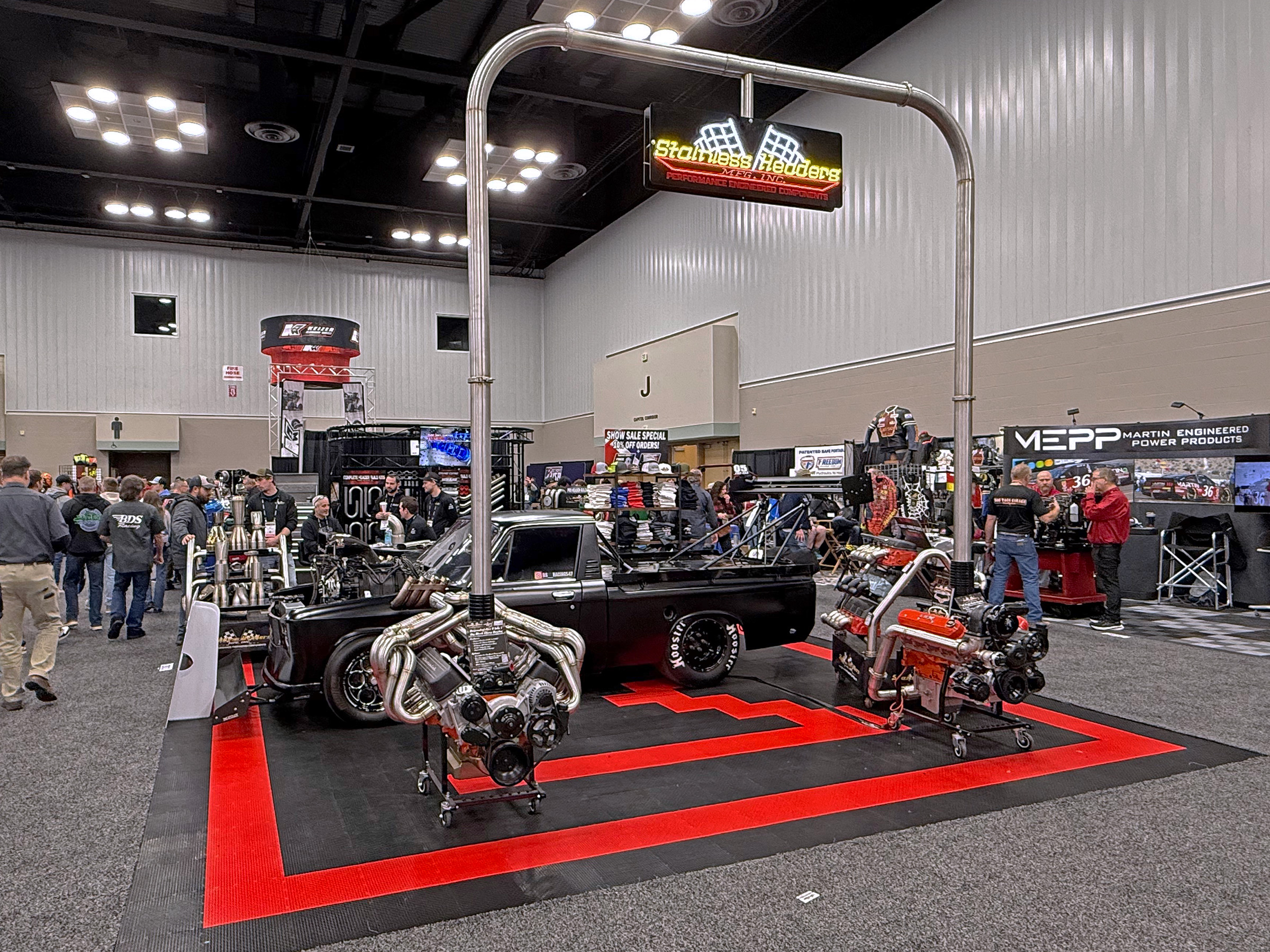Chevrolet introduced the Super Sport option on the ’61 full-size cars six years before the ’67 Camaro was introduced.
 This SS option included tri-bar wheel covers, first-ever passenger car bucket seats, a passenger-side dash-mounted grab bar with SS script, plus bolt SS rear fender and trunk lid script. From 1961 through 1965, most enthusiasts thought of a Super Sport as Chevy’s top-of-the-line model. In 1966, a higher-optioned Chevy, the Caprice, was introduced. It had bucket seats, plus every other comfort and convenience option available.
This SS option included tri-bar wheel covers, first-ever passenger car bucket seats, a passenger-side dash-mounted grab bar with SS script, plus bolt SS rear fender and trunk lid script. From 1961 through 1965, most enthusiasts thought of a Super Sport as Chevy’s top-of-the-line model. In 1966, a higher-optioned Chevy, the Caprice, was introduced. It had bucket seats, plus every other comfort and convenience option available.
350 L48 295 hp
EM = Air injection reactor
MS = Manual transmission
MT = Manual transmission with air injection
MU = Powerglide transmission
MV = Powerglide transmission with air injection
396/L35 325 hp (Introduced Nov. 1966)
MW = Manual transmission
MX = Manual transmission with air injection
MY = Turbo 400 transmission
MZ = Turbo 400 with air injection
396/L78 375 hp (Introduced Nov. 1966)
MQ = Manual transmission
MR = Manual transmission with air injection
When the ’67 Camaro was introduced, its Super Sport option included one of three optional V-8 engines. When you ordered one, you automatically received a special hood with twin chrome panels, a front facia header panel paint stripe, red-stripe nylon tires, 6-inch wide wheels, SS emblems on the front fenders, gas cap and horn button, and a suspension upgrade. A 295hp 350 was offered early on, followed by a 325hp 396 and 375hp 396 in mid-November. Each of them cost extra—over and above the SS option. So if you have a ’67 or ’68 Camaro with one of these original powerplants, your Camaro is a Super Sport.
Paperwork was limited back then to the original longhand order sheet, a sales receipt and a window sticker (that dealers usually scraped off at the time of delivery). Lore has it that a car’s build sheet/broadcast copy used during the build on the production line generally never found its way into the car until 1970. Lastly, a Protect-o-Plate warranty book is said to have the engine code stamped on it. Ditto on the cowl tag located near the master cylinder.

For ’67 Camaros, “4P” is said to cover most SS 350s, as well as a non-SS 327 four-speed. “4N” is said to be an SS 325hp 396, while “4K” is an SS 375hp 396. Word is some very early ’67 SS 350s do not have the “4P” code.
Every four-speed 327 and Super Sport 350 and 396 Camaros in 1967 had a 12-bolt differential. Most had a passenger-side, single upper traction bar. All cars were mono-leaf.
Engine block pad codes show where the engine was assembled, the date and the transmission usage.
1968
No codes have ever been found to differentiate a Super Sport. So you need to note the car’s overall options. Super Sport telltales include a 350 or 396 engine. If the original engine is gone, check for telltale big-block items, such as front coil spring size. A 350 coil usually eyeballs at 1/2-inch diameter; 396s are slightly larger at 5/8-inch diameter. The 350 V-8 coils are generally 1 inch apart, while a 396 has coils about 5/8 to 3/4 inch apart.

On non-restored/original cars, a 396’s heater hose outlets are in the center of the heater core. On all other engines, they are on the innermost part of the heater box. Smart and savvy onlookers who have been around also know that a big-block fuel line is longer and extends upward past the crossmember. Super Sport 350 and 396 hood chrome is different, with the 396 version looking like four separate venturi screens.
Most Super Sport cars had F70-14 tires. A decal on the inside of the glovebox door reveals suggested tire pressure of same. Other non-SS Camaros could be ordered with these tires, but today’s Camaro experts agree that not too many did. All ’68 V-8 Camaros had multi-leaf springs.
The ’68 (and ’69) Camaro I.D. number designated if the car was a six-cylinder or V-8. To be a Super Sport, it had to be V-8-equipped; 12437 is V-8 sport coupe, and 12467 is V-8 convertible. The six-cylinder cars are 12337 and 12367, respectively.
For the most part, ’68 engine codes were the same as 1967. Note that the RPO L34 350hp 396 is “MX” for manual transmission and “MR” for Turbo 400. The L78 is “MQ.” The L78 with RPO L89 aluminum heads is “MT.”
Engine Codes
L48 350:
HA = Manual transmission
HB = Turbo 350 automatic
HE = Powerglide automatic
L35 325hp 396:
JB = Manual transmission
JG = Turbo 400 automatic
L34 350hp 396:
JF = Manual transmission
JI = Turbo 400 automatic
L78 375hp 396:
JH = Manual transmission
JL = Turbo 400 automatic
L89 375Hp 396 / Alum. Heads:
JJ = Manual transmission
JM = Turbo 400 automatic
Experts also agree that a ’67 Super Sport Camaro does not have to be equipped with these items to be an SS: rallye wheels, front disc brakes, tachometer, rear spoiler or console gauges. All of these were extra-cost options.
1969
Starting the second week in December, 1968, the Norwood plant began using “X” codes to differentiate engines and style trim groups (or lack thereof). The Los Angeles-built Camaros did not use any codes, so the ’69s produced there are similar to the ’68 in identification.
Non-RPO G31 ’69 350 SS Camaros had four-leaf spring assemblies, while all SS 396s had five. The L48 350, L34 and L35 396 had a second fuel line for vapor return to the gas tank. The L78 and COPO 427 engines had a single fuel line.

















